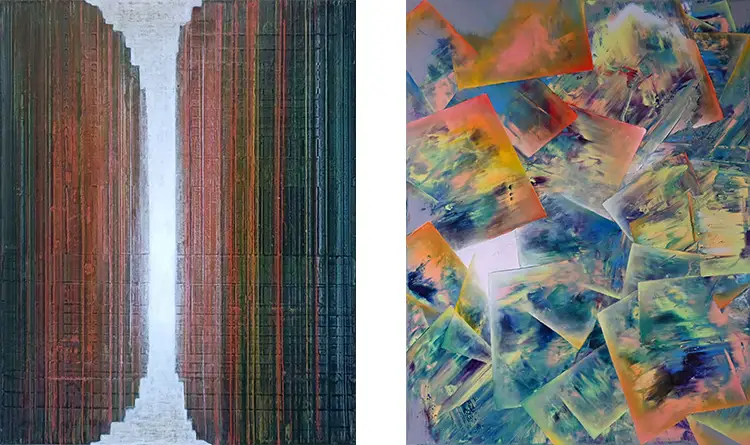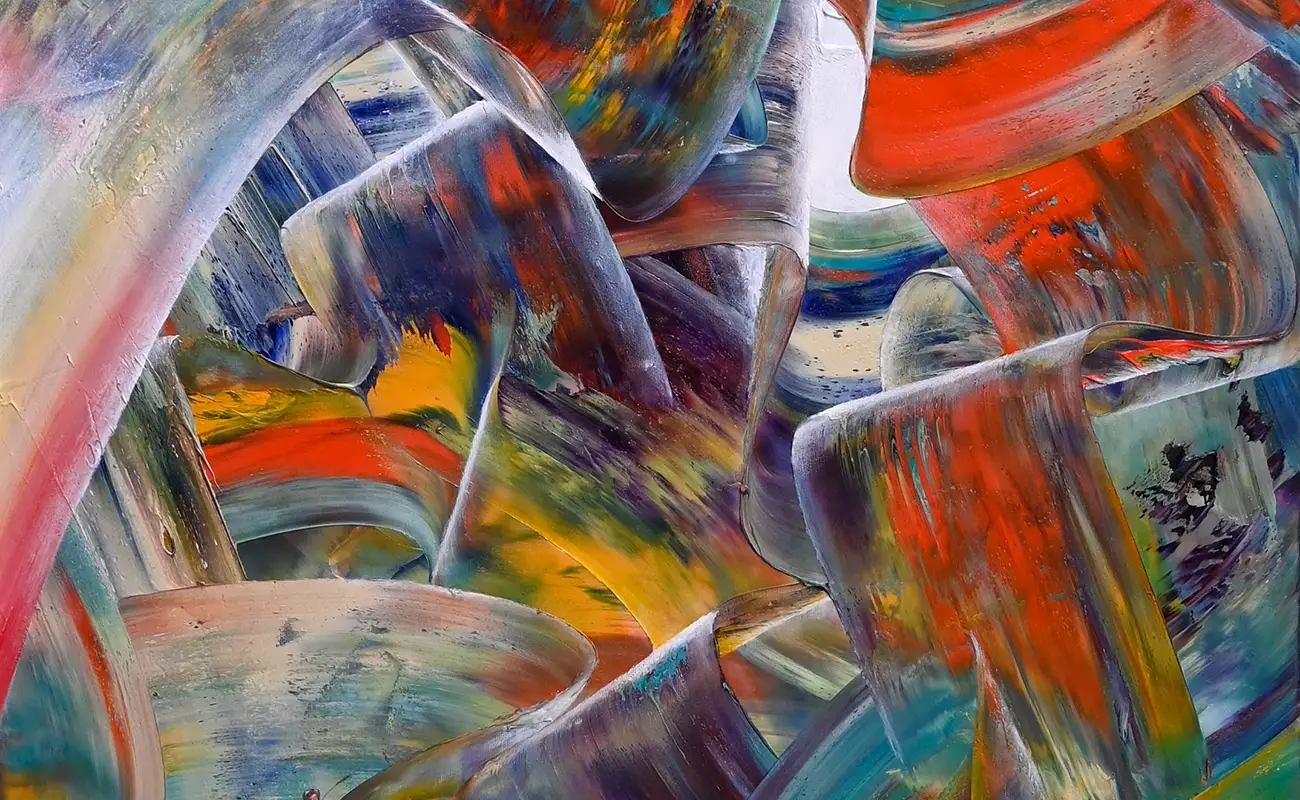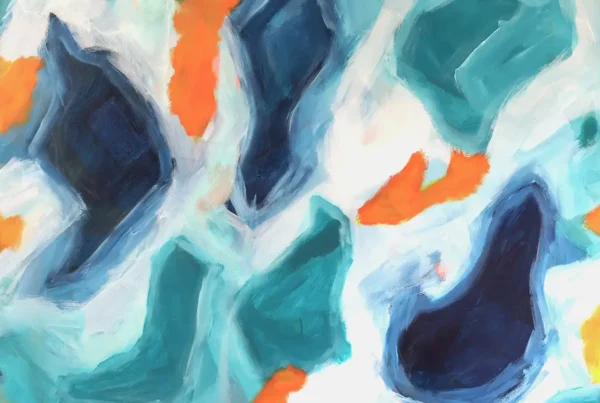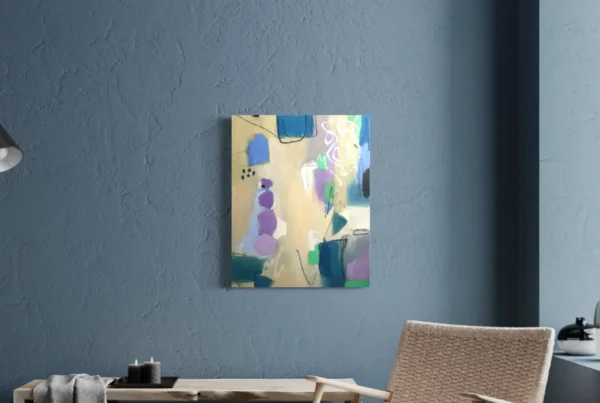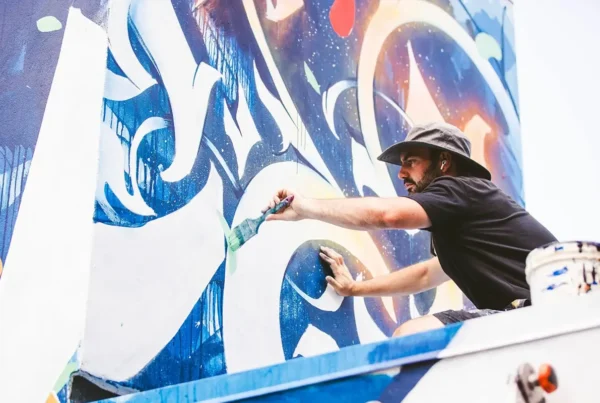The Awakening of an Unexpected Painter
Few contemporary artists embody the convergence of science and expressive abstraction as compellingly as Giuseppe Pastore. Born in Italy in 1980, Pastore emerged as a painter not through early exposure or academic training, but through an unforeseen discovery of artistic impulse around the age of thirty. His creative path was not preordained; it unfolded spontaneously, shaped more by curiosity and instinct than by formal education. Despite this unconventional entry into the art world, his works resonate with a confidence and vision that suggest a natural affinity for visual language. What makes his journey particularly striking is the deeply personal manner in which he connects his life experiences, scientific background, and physical discipline to his evolving body of work.
Pastore’s studies in mathematics and physics did more than prepare him for a structured worldview; they helped shape the very foundation of his aesthetic practice. In fields governed by abstract thought and conceptual rigor, he found the freedom to imagine beyond the visible. This intellectual training became a silent force in his paintings, where forms are not merely painted but built with the precision of a theorem and the freedom of an improvisation. His analytical roots encouraged a unique relationship with space and form, one that views the canvas almost as a field of energy, capable of transformation through calculation and intuition. Nature, too, plays a pivotal role in his story. Growing up in the countryside, he developed a contemplative relationship with the landscape, one that still informs his choice of subject matter and his focus on elemental interactions such as light and depth.
Equally influential is Pastore’s experience with martial arts, particularly karate and Aikido. These disciplines, with their emphasis on flow, balance, and controlled movement, taught him how to master gesture and rhythm. The fluid yet intentional strokes that characterize many of his works echo the arcs and spirals of martial arts sequences. For him, the canvas is an extension of the body’s motion, a space where energy becomes visible. These layered influences, from rural solitude to the rigor of science and the discipline of martial arts, interweave within his artistic vocabulary, shaping a practice that thrives on contrast and coexistence.
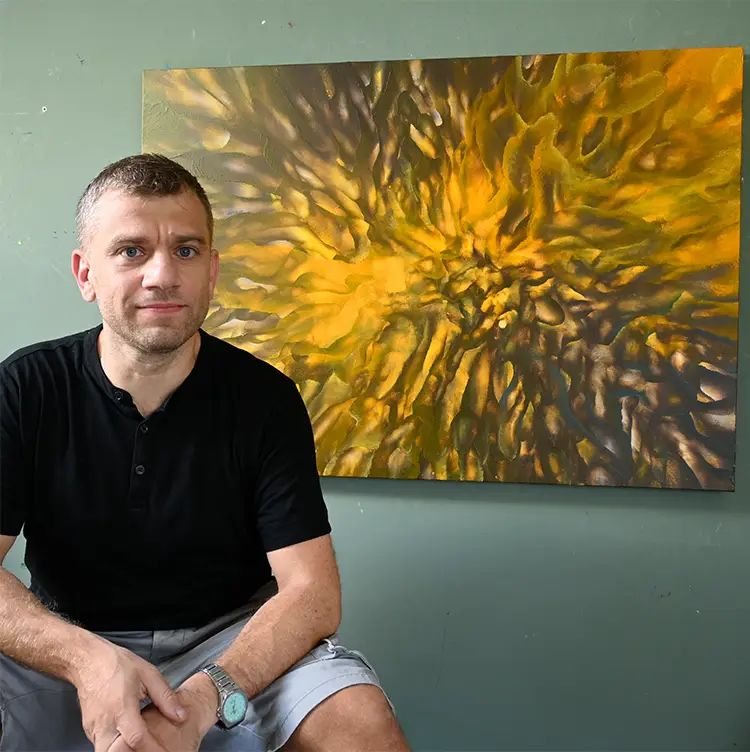
Giuseppe Pastore: From Experimental Action to Structural Illumination
When Pastore first picked up a brush, his style leaned toward the experimental and instinctual. Early works, primarily in acrylic, bore similarities to the spontaneity found in action painting, though without strict adherence to Pollock’s methodologies. Rather than replicating splatter techniques, Pastore explored a broader gestural language, letting impulse guide his hand. These initial forays set the stage for deeper inquiry, encouraging him to test the boundaries of color, motion, and surface. As he transitioned to oil paint, his technique became more intentional, and the chaotic textures of his early pieces began to give way to structured compositions that suggested a search for order within disorder.
That transition marked a pivotal period of stylistic growth. His early oil works emphasized geometric clarity, but this clarity soon unraveled into increasingly abstract arrangements, often layered and multidimensional. A clear example of this evolution can be seen in the contrast between “Talento,” a disordered oil piece, and more intricate, sculptural paintings like “In che senso?” and “Take Off.” These later works are not simply images but spatial experiences. By building depth through curvature and three-dimensional effects, Pastore invites viewers to look beyond the surface, as though each canvas were a portal into a complex internal architecture.
Recent works reveal a heightened fascination with light as both a compositional tool and a conceptual anchor. In this phase, Pastore began utilizing titanium white to dramatic effect, leveraging its luminosity to carve out depth and sculpt visual rhythm. By returning to earlier canvases and reworking them with layered highlights, he reimagines his past output as part of an ongoing transformation. This iterative process reflects his belief in continuous growth, where no work is ever truly finished. Other stylistic explorations—such as pointillist approaches in “T1” or tactile experimentation in “C1” and “The Kiss”—show his commitment to diversifying technique while maintaining a consistent investigation into perception, structure, and the shifting boundaries between abstraction and form.
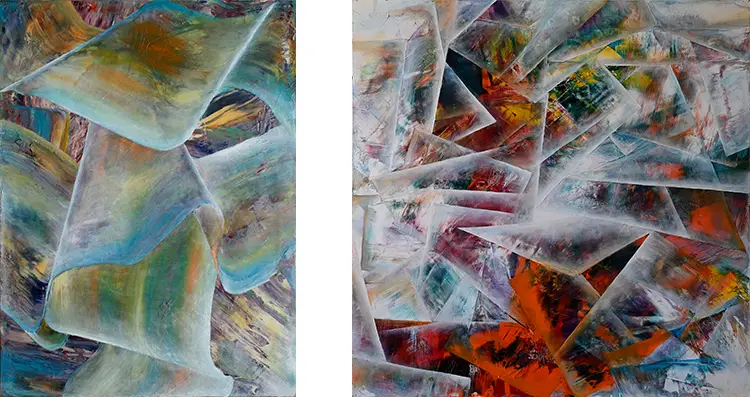
The Sound of Light and the Weight of Silence
While Pastore resists being defined by specific artistic influences, his admiration for creators who immerse themselves entirely in their work is clear. He draws inspiration not only from painters, but also from thinkers and musicians whose creative disciplines intersect with philosophical reflection, especially Franco Battiato and Roberto Cacciapaglia.
Much of his artistic sensibility is shaped by attentive observation of the natural world. He often finds inspiration in cosmic phenomena, star patterns, and subtle environmental changes. Stargazing and nature photography become not just pastimes, but sources of visual and conceptual stimulation. This habit of slow looking and patient documentation feeds directly into his work with abstraction, helping him interpret vast, often intangible realities into visual compositions. The textures, contrasts, and expanses of space he captures through the lens later reappear in painted form, translated into color, depth, and gesture. For Pastore, the unseen is always waiting to be visualized, and the beauty of art lies in making those hidden dimensions visible.
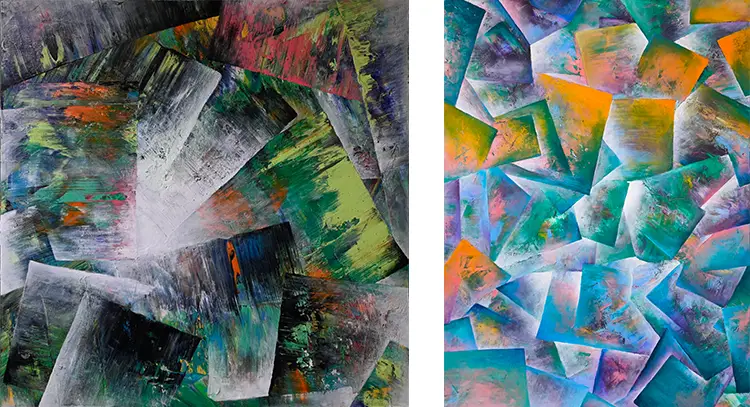
Giuseppe Pastore: The Canvas as Threshold
Among the many works that chart Giuseppe Pastore’s artistic trajectory, Opening (pictured below, left) holds particular significance. Created in 2012, it not only marks the beginning of his serious engagement with painting but also crystallizes many of the themes that would come to define his later works. The composition portrays a figurative opening within a human form, hinting at entry into an alternate space or dimension. Far from being a purely symbolic piece, “Opening” functions as a visual study in light manipulation and spatial illusion. Titanium white, used with intent, generates glowing highlights and soft gradients that invite the viewer into a layered perception of depth. This early experiment was not just a technical success; it became the conceptual seed for what would eventually evolve into his “Lux” series.
“Opening” remains deeply personal to Pastore. It was his favorite piece for years, and its legacy continues to influence his approach to light and space. The painting introduced the possibility of using illumination not just as a visual effect, but as a metaphor for inner transformation. Through “Opening,” Pastore began to understand how light could serve as a guide, revealing not only dimensionality within the canvas but psychological insight beyond it. This idea of using light to imply passage or awakening is now a through-line in many of his works, particularly those that aim to evoke a sense of metaphysical depth.
Though he prefers not to anchor his creativity to predefined projects, Pastore remains focused on refining his technique and expanding his production process. Rather than adhering to rigid planning, he follows intuition, trusting that imagination functions best when given room to wander. His day-to-day practice is guided by a pursuit of aesthetic harmony—forms and colors arranged in a way that creates immediate emotional impact. Across four distinct compositional modes, Pastore continues to experiment with structure and spontaneity, seeking to strike a balance that resonates visually and viscerally. His journey is ongoing, shaped not by external milestones but by an internal drive to transform thought into form, and to turn each blank canvas into a passageway between the visible and the imagined.
